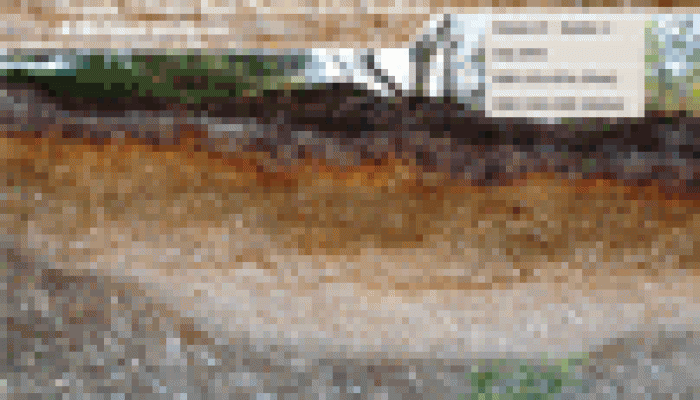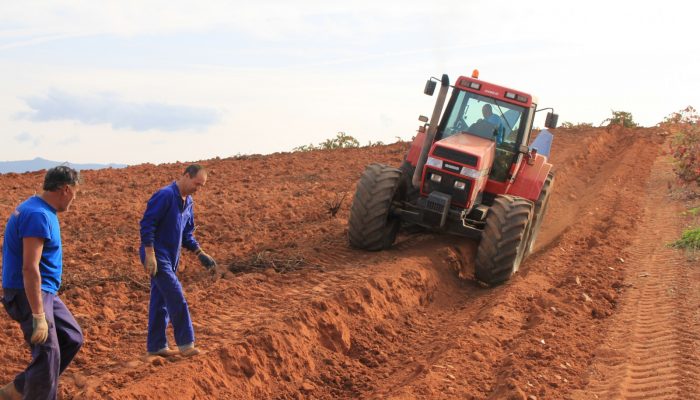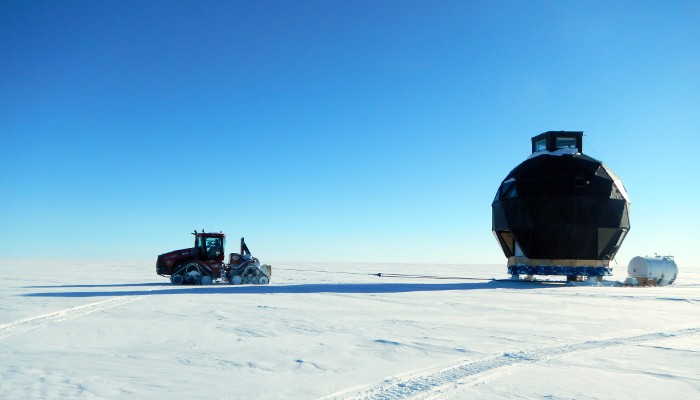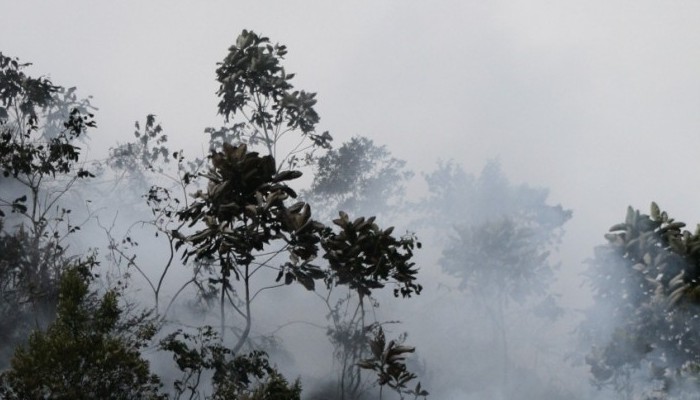Interested in the most relevant soil articles of 2015? In this short series of posts I’ve compiled a list of the 30 most cited articles of the top ten journals in the category of SOIL SCIENCES. Today: GEODERMA.
If you didn't find what you was looking for try searching again.
Soil System Sciences
TOP-30 papers in the TOP-10 journals of the SOIL SCIENCES category (V): PLANT AND SOIL
Interested in the most relevant soil articles of 2015? In this short series of posts I’ve compiled a list of the 30 most cited articles of the top ten journals in the category of SOIL SCIENCES. Today: PLANT AND SOIL. Do you miss something? Post your comment.
Soil System Sciences
TOP-30 papers in the TOP-10 journals of the SOIL SCIENCES category (IV): BIOLOGY AND FERTILITY OF SOILS
Interested in the most relevant soil articles of 2015? In this short series of posts I’ve compiled a list of the 30 most cited articles of the top ten journals in the category of SOIL SCIENCES. Today: BIOLOGY AND FERTILITY OF SOILS.
Soil System Sciences
TOP-30 papers in the TOP-10 journals of the SOIL SCIENCES category (III): EUROPEAN JOURNAL OF SOIL SCIENCE
Interested in the most relevant soil articles of 2015? In this short series of posts I’ve compiled a list of the 30 most cited articles of the top ten journals in the category of SOIL SCIENCES. Today: EUROPEAN JOURNAL OF SOIL SCIENCE.
GeoLog
Geosciences Column: The World’s soils are under threat
An increasing global population means that we are more dependant than ever on soils. Soils are crucial to securing our future supplies of water, food, as well as aiding adaptation to climate change and sustaining the planet’s biosphere; yet with the decrease in human labour dedicated to working the land, never have we been more out of touch with the vital importance of this natural resource. Now, ...[Read More]
Cryospheric Sciences
Science and Shovels: Traversing across the Greenland Ice Sheet.
Moving 150 tonnes of equipment more than 450km across the Greenland Ice Sheet sounds like a crazy idea. In that context, moving a 14-metre high, dome-shaped, wooden structure seems like a minor point, but it really is not. I do not think I realised what an awesome and awe-inspiring project I was part of, until I was out there, in the middle of the blindingly white ice sheet, and I saw the enormous ...[Read More]
GeoLog
Geosciences Column: Fire in ice – the history of boreal forest fires told by Greenland ice cores.
Burning of biomass contributes a significant amount of greenhouses gases to the atmosphere, which in turn influences regional air quality and global climate. Since the advent of humans, there has been a significant increase in the amount of biomass burning, particularly after the industrial revolution. What might not be immediately obvious is that, (naturally occurring) fires also play a part in e ...[Read More]
GeoLog
Geosciences Column: From the desolate to the diverse, a story of volcanic succession
When a volcano erupts and spews lava onto the surrounding terrain, it is merciless in its destruction. All that is green on the land is engulfed in flame, or buried by an insurmountable mass of molten rock. Whatever charred remains of what lies beneath it will not see the light of day once the lava cools, turning the landscape into a barren black mass of solid basalt. But volcanoes around the worl ...[Read More]
GeoLog
Geosciences column: Shelter island – building a barrier to protect the coast
The latest Geosciences Column features recent research into tsunami hazards and explains how island building out to sea can help protect buildings on the shore… Barrier reefs are well known for holding off the wrath of the ocean and sheltering the serene lagoons that stretch between them and the mainland. Barrier islands possess the same protective power, taking the impact of waves that have built ...[Read More]
Soil System Sciences
Monday paper: Soil organic carbon dynamics of black locust plantations in the middle Loess Plateau area of China
Lu, N., Liski, J., Chang, R. Y., Akujärvi, A., Wu, X., Jin, T. T., Wang, Y. F., Fu, B. J. 2013. Soil organic carbon dynamics of black locust plantations in the middle Loess Plateau area of China. Biogeosciences 10, 7053-7063. DOI: 10.5194/bg-10-7053-2013 Abstract Soil organic carbon (SOC) is the largest terrestrial carbon pool and sensitive to land use and cover change; its dynamics are critical f ...[Read More]







